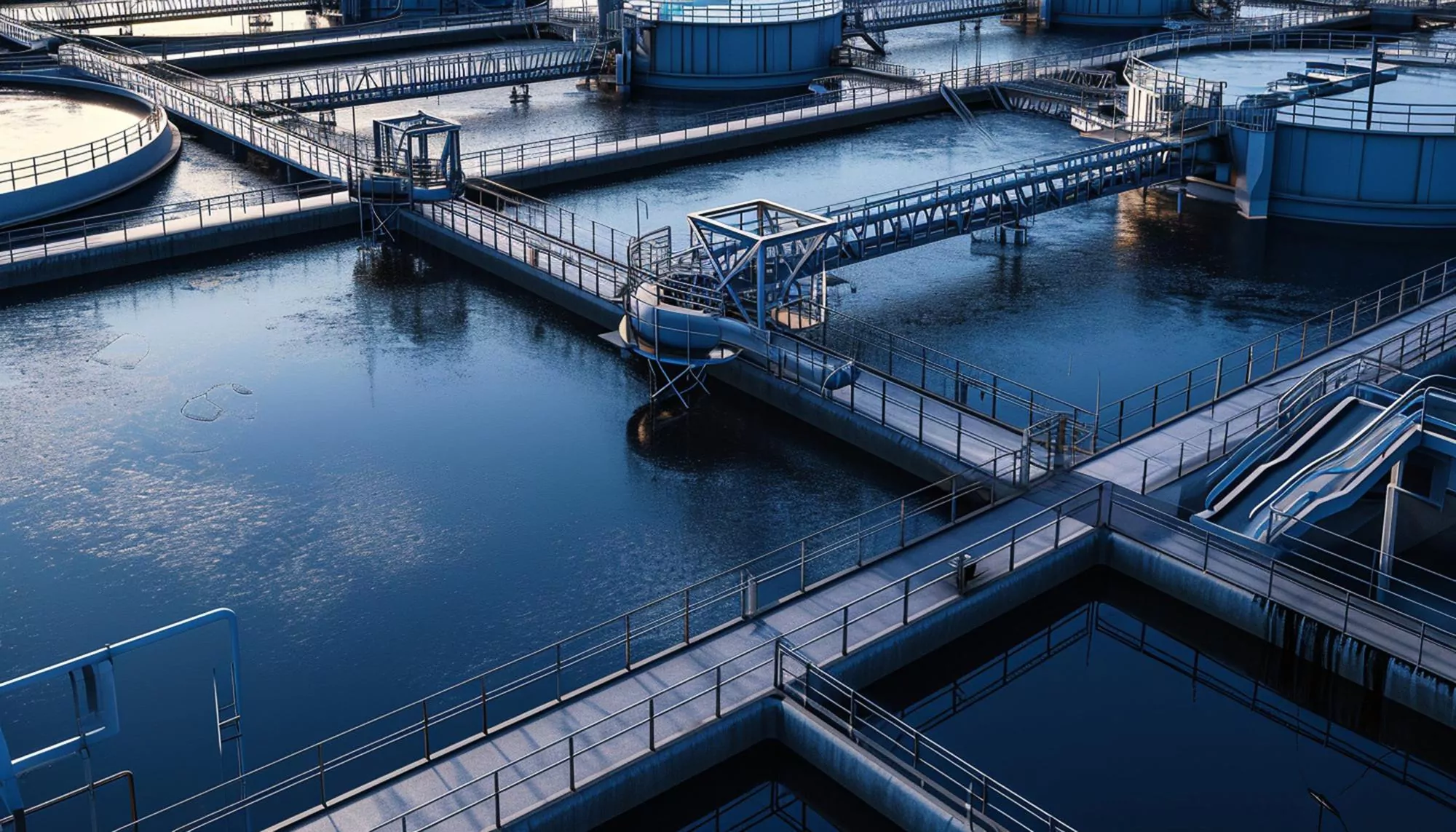Introduction
In water treatment facilities around the globe, the effectiveness of powdered activated carbon (PAC) as a standard purifying agent is being revisited with fresh insights. Critical research published in Chemosphere on January 12, 2024, offers an in-depth analysis of how varying PAC properties, alongside the type of microcystins (MCs) and the presence of dissolved organic matter (DOM), play pivotal roles in the removal of these potent toxins from our water supply.
Background
Microcystins, a group of harmful cyanotoxins produced during algal blooms, pose a significant risk to water safety and public health. Water treatment plants routinely rely on PAC to address this challenge, but the efficiency of MC removal is not uniform. The study, authored by Huang Yuzhou and John J. Lenhart from The Ohio State University, delved into the multifaceted relationship between PAC characteristics, MC variant properties, and the impact of DOM on the adsorption process.
Keywords
1. Microcystin Removal
2. Powdered Activated Carbon
3. Water Treatment
4. Adsorption Process
5. Cyanotoxins
A recent study published in the renowned environmental journal ‘Chemosphere’ has shed light on how powdered activated carbon (PAC), a material widely used in purifying drinking water, effectively removes microcystins (MCs) — toxic by-products of harmful algal blooms. The article, authored by Huang Yuzhou and John J. Lenhart from The Ohio State University, marks a significant advancement in understanding the complex dynamics of MC decontamination. Here, we elaborate on the findings detailed in the research journal and explore its implications for enhancing water treatment methodologies.
Microcystins: A Perilous Presence
Algal blooms, an escalating concern in freshwater systems, are often exacerbated by eutrophication due to agricultural runoff and climate change. The cyanotoxins they produce, including various microcystin variants, can cause severe liver damage and pose threats to aquatic ecosystems and human health. Traditional water treatment methods have wrestled with efficiently removing these compounds, necessitating a deeper comprehension of the factors influencing toxin adsorption by PAC.
PAC: A Closer Look at the Effective Weapon Against Cyanotoxins
Powdered activated carbon, with its extensive surface area and affinity for organic molecules, has risen as a frontline defense in water treatment against a spectrum of contaminants. The study in question scrutinizes the removal efficacy of four microcystin variants (MC-LR, MC-LA, MC-RR, and desmethylated MC-RR) through the lens of three distinct PAC types — wood-based, coal-blend, and coal-based. Each PAC variant brings its own merits to the table; however, the research unveils a clear winner in the fight against MCs.
The Role of PAC Properties
According to the study, the adsorption potential of PAC is influenced predominantly by its physical attributes. The wood-based PAC, emblematic of superior surface area and mesopore volume, demonstrated the highest adsorption rates and capacities for all microcystin variants examined over a 72-hour period. This revelation accentuates the importance of PAC’s textural characteristics in tailoring its performance towards optimal MC removal.
Microcystin Variants: A Game of Charge and Hydrophobicity
MC variants comprise distinct structural forms, directly impacting their interaction with PAC. The research reveals that neutrally charged microcystins, specifically MC-RR, are more rapidly and extensively adsorbed by PAC compared to their negatively charged counterparts, such as MC-LR and MC-LA. It seems that even though MC-LA and MC-LR have a stronger proclivity toward hydrophobic interactions, their negative charges largely preclude them from adhering effectively to PAC surfaces.
The Complicating Factor: Dissolved Organic Matter (DOM)
Dissolved organic matter is a ubiquitous component in water bodies, known to impede the PAC adsorption process. The study underscores this interaction by analyzing the effects of DOM originating from terrestrial sources (Suwannee River Fulvic Acid, SRFA) and a microbial source (Grand Lake St Marys DOM, GLSM). Interestingly, the type of DOM did not significantly alter the extent of inhibition on MC adsorption to PAC. This aspect suggests that rather than the source of DOM, it is the inherent properties of PAC and MC variants that take precedence in the decontamination process.
Implications for Water Treatment Practices
The insights from this new research have profound implications for the future of water treatment. As the study elucidates, optimizing PAC selection relative to the expected MC variants in a water source could significantly elevate the effectiveness of the purification process, reducing potential health risks associated with cyanotoxin exposure. The findings also hint at the possibility of tweaking the PAC production process to enhance its adsorptive traits against specific MCs.
By plugging in the gaps of our understanding around MC removal, the study not only contributes to safeguarding public health but also offers vital guidance for environmental practitioners and policymakers. In an era where water security is increasingly under threat, such targeted strategies are a testament to the power of meticulous research and innovation in achieving resilient and safe water systems.
References
1. Huang Y., & Lenhart J. J. (2024). The dependence in microcystin removal with powdered activated carbon on variant properties, carbon properties, and dissolved organic matter. Chemosphere, 351. https://doi.org/10.1016/j.chemosphere.2024.141205
2. Chorus, I., & Bartram, J. (Eds.). (1999). Toxic cyanobacteria in water: A guide to their public health consequences, monitoring, and management. E & FN Spon.
3. Hoigné, J. (1998). Chemistry of aqueous ozone and transformation of pollutants by ozonation and advanced oxidation processes. In The handbook of environmental chemistry (Vol. 5/Part C, pp. 83–141). Springer.
4. Rodriguez, E., Majado, M. E., Meriluoto, J., & Acero, J. L. (2007). Ozonation of microcystins (MC-LR and MC-LF) in synthetic and natural water samples. Water Research, 41(6), 1184-1192.
5. Westrick, J. A., Szlag, D. C., Southwell, B. J., & Sinclair, J. (2010). A review of cyanobacteria and cyanotoxins removal/inactivation in drinking water treatment. Analytical and Bioanalytical Chemistry, 397(5), 1705-1714.
DOI: 10.1016/j.chemosphere.2024.141205
